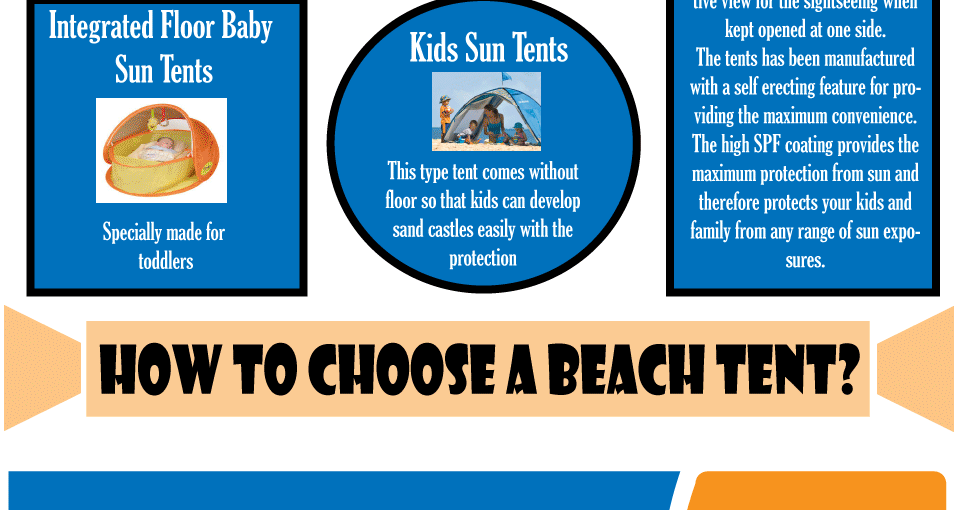Rain flies are a necessary device for wall tents. They boost the capacity of a tent to safeguard campers from extreme climate condition while giving added comfort and sturdiness.
Routine cleansing of a rain fly maintains mud, mildew, and particles from destroying it. Likewise, ensuring the appropriate stress of a rainfly avoids it from drooping and allowing water to accumulate underneath.
Weather Condition Resistant Materials
The material made use of in construction jobs can affect the durability and longevity of the job. Picking weather-resistant materials helps reduce upkeep costs and conserves sources for future repair work and substitute.
Timber may not be the very first product that comes to mind when going over climate resistance, but it is extremely sturdy when correctly treated with preservatives. Cedar, redwood, and teak wood are instances of naturally rot-resistant timbers used to make a range of outside furnishings and structures.
High-performance canvas wall outdoors tents are designed to withstand wetness and maintain campers comfortable. It is essential to tidy canvas and outdoors tents routinely to eliminate dust, mud, and dirt. It is additionally essential to rinse off any type of deposit from the canvas outdoor tents before keeping it away for usage. Stay clear of using bleach, as it ruins the water-resistance treatment and makes the camping tent extra at risk to leakage. Additionally, a soft brush and a pipe can be made use of to extensively scrub the canvas tent and rinse it off with water until it is completely filled.
UV Direct exposure
Unless an outdoor tents is made from UV-resistant textile, prolonged exposure to sunlight will trigger it to break down. This holds true of all materials, yet it's specifically obvious for tents and canvas structures because of how much they're utilized in outside settings. UV radiation can trigger dyes to break down, causing a loss of shade vibrancy.
A rainfly secures wall surface outdoors tents from these unsafe UV rays by mirroring them prior to they can penetrate the framework and reach your skin. It's important to choose a rainfly with a UPF rating of 50 or higher to get optimal UV protection.
A rainfly also helps regulate the temperature inside a tent relying on the period. A lighter rainfly can maintain outdoors tents from soaking up way too much warmth in the summertime, while a much heavier rainfall fly can assist avoid warm from leaving the tent during colder months. In either case, these added layers of insulation can dramatically expand an outdoor tents's life expectancy.
Wetness Damage
Canvas tents are fairly durable and can last 15-30 years with diligent treatment, yet also the most high-performance canvas is not impervious to downpours. A rain base camp fly or fly sheet includes a layer of defense for the roofing of your canvas outdoor tents and assists avoid moisture damage.
Condensation, mold and mildew, and mold are not only unsightly, yet they can additionally ruin the structural integrity of your canvas outdoor tents. Protecting against these issues is easy, but it calls for careful care and attention to information.
Make it a routine to examine your tent in the early morning and eliminate any type of natural condensation, dew, or snow that has actually built up on the surface. Later, make sure to spread your tent out in an open location and utilize a soft brush to scrub away any mold and mildew and mold that has created. When you have gotten rid of the impacted areas, re-treat the outdoor tents with a mold killer option and rinse it extensively to avoid any future problems.
Wetness Buildup
While regular, condensation can harm materials if left uncontrolled. The good news is, aggressive approaches like cleaning surfaces and airing out camping tents decrease condensation' influence.
Camping tent fabric, environment conditions and use patterns contribute to condensation levels. Sailcloth, for example, resists water vapor dissipation and has a tendency to present handmade droplets quicker than polyester or nylon choices. Comprehending this distinction informs just how tent proprietors manage condensation.
Owner's breathed out breath and wet garments and equipment spike moisture levels. An absence of ventilation methods allows wetness to condense when warm indoor air meets cooler surface temperature levels. This cycle amplifies on damp evenings or when an outdoor tents is placed in low places. Evaluating and cleaning camping tent surface areas immediately after cooling down urges moisture to spread prior to destructive materials or creating mold. Localized air flow, such as routing a fan toward joints, more aids the procedure. Identifying the most vulnerable locations of a tent, like high ridges and corners, assists campers simplify their moisture administration regimens.
